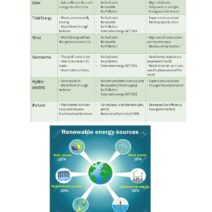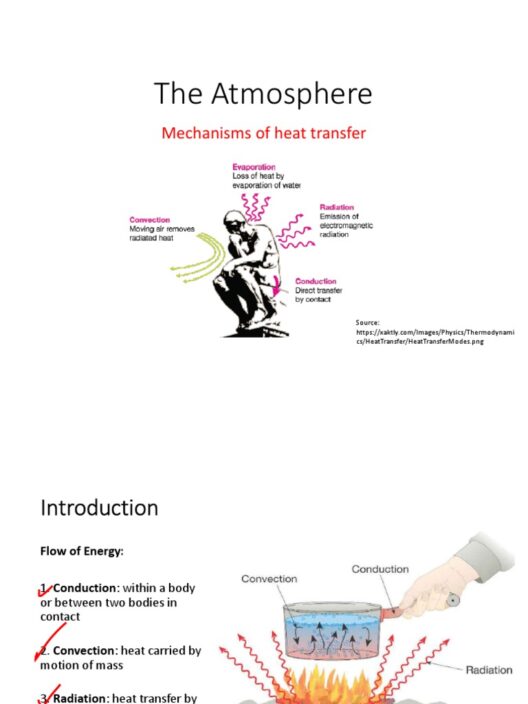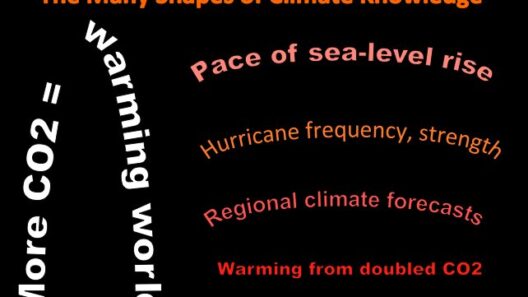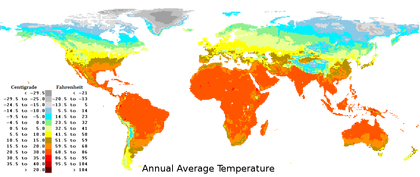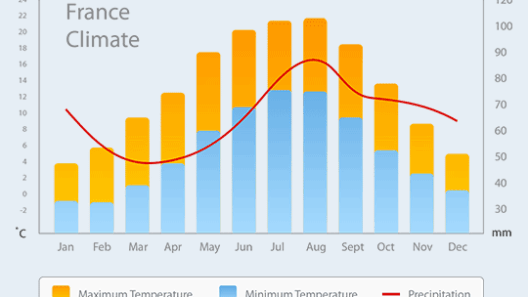In the annals of human history, climate change stands as one of the most formidable challenges we face. The metaphor of a melting ice cube, once a whimsical illustration for urgency, now embodies a stark realism. The earth’s temperatures swell, ecosystems falter, and the tapestry of life weaves perilously close to unraveling. So, how do we address this ubiquitous menace? Is there hope glimmering through the fog of despair?
The answer is complex, yet undeniably steeped in potential. Humanity’s ingenuity, when channeled towards sustainability, reveals pathways that may lead us out of this impasse. Each living organism plays a role in the grand theater of existence, and we must all be actors committed to the script of restoration and rejuvenation.
In this discourse, we will unpack several critical dimensions: understanding the global canvas of responsibility, embracing technological advances, nurturing native ecosystems, and fostering a cultural shift towards environmental stewardship.
The Global Canvas of Responsibility
At the heart of our struggle against climate change lies a collective responsibility that transcends borders. Picture the earth as a shared vessel, teetering amidst turbulent waters. Every nation, community, and individual contributes to the cargo of emissions, yet the burden of climate consequences weighs heavier on the most vulnerable populations.
This disparity calls for international acknowledgment and action. The Paris Agreement, a beacon of multilateral collaboration, seeks to limit global temperature rise. Strengthening and adhering to such compacts is imperative. Furthermore, developed nations must lead by example, facilitating technology transfer and financing to empower developing nations. As stewards of this planet, we cannot afford to ignore the interconnectedness of our fates.
Additionally, fostering local activism and grassroots movements empowers individuals to effect change within their communities. Every voice counts, and collective action can perform wonders. Be it through tree planting initiatives, community gardens, or educational outreach programs, localized efforts illustrate the immense power of community mobilization. Such actions cultivate resilience and foster a sense of belonging, both vital in combating climate inertia.
Embracing Technological Advances
The steel and circuits of modern civilization—the technological advancements—pose both a challenge and a glimmer of hope. They are akin to a double-edged sword steeped in potential. Innovations in renewable energy sources, such as solar, wind, and geothermal, epitomize humanity’s capacity for ingenious adaptation. Imagine harnessing the ephemeral rays of the sun to power an entire city, turning light into life. Such transformations are already underway and suggest a transition away from fossil fuel dependency.
Furthermore, advancements in energy storage technologies, like lithium-ion batteries and emerging superconductors, amplify the potential of renewable energy. Developing a robust infrastructure that integrates renewables into our daily lives can mark a watershed moment in the fight against climate change.
In addition, carbon capture and storage (CCS) techniques are gaining traction. These technologies can mitigate industrial emissions, a substantive contributor to greenhouse gases. They offer a stopgap measure, capturing carbon dioxide before it escapes into the atmosphere, effectively siphoning off a portion of our industrial legacy. The challenge remains: how to deploy these technologies at scale, ensuring they are not just technologically advanced, but also economically viable.
Nurturing Native Ecosystems
We must not overlook the profound connection we share with nature. Ecosystems—those intricate webs of life—play a crucial role in climate regulation and sustaining biodiversity. Protecting and restoring natural habitats is not merely an act of conservation, but a vital countermeasure against climate change. Think of forests as the lungs of the planet, absorbing carbon dioxide and releasing oxygen. When these lungs are compromised, everything suffers.
Reforestation and afforestation initiatives are essential interventions. By replanting trees that have fallen, nurturing saplings, and rehabilitating degraded land, we restore balance to the earth’s ecosystem. Furthermore, preserving wetlands and safeguarding biodiversity can fortify natural resilience against climatic fluctuations.
Equally, adopting regenerative agricultural practices instills hope. This approach champions soil health and biodiversity. By moving away from monoculture and synthetic fertilizers, farmers can enhance soil productivity while sequestering carbon. The health of our ecosystems is mirrored in our food systems. A shift towards sustainable farming can yield both nutritious food and ecological harmony.
Fostering a Cultural Shift
Perhaps the most insidious challenge of all lies in the cultural foundations of our society. Rising consumerism, which fuels a throwaway culture, exacerbates environmental degradation. Challenging this paradigm is essential for enacting change that transcends mere policy. Imagine a world where sustainability becomes synonymous with lifestyle—not just a box to check.
Education plays a paramount role. By instilling environmental literacy in curriculums, we cultivate a generation of informed stewards, equipped to navigate the pressing concerns of their time. Beyond classrooms, media campaigns, art, and literature can evoke emotional responses that inspire action, turning awareness into advocacy.
Ultimately, the narrative surrounding climate change must pivot from despair to empowerment. Each individual holds the power to make conscientious choices—be it reducing waste, advocating for sustainability, or participating in civic discourse. When we shift our mindset from passive recipients of change to active contributors, we ignite a transformative movement that can reshape our reality.
As we navigate the tides of uncertainty, the question remains: Is there hope? The intrepid spirit of humanity has perennially risen to meet its challenges. By aligning responsibility, leveraging technology, nurturing our ecosystems, and fostering cultural shifts, we illuminate the path forward. The ice cube may be melting, but from its depths, new resolve can emerge. The opportunity to forge a sustainable future is as profound as the challenge itself. Together, we can incite a renaissance of hope.
